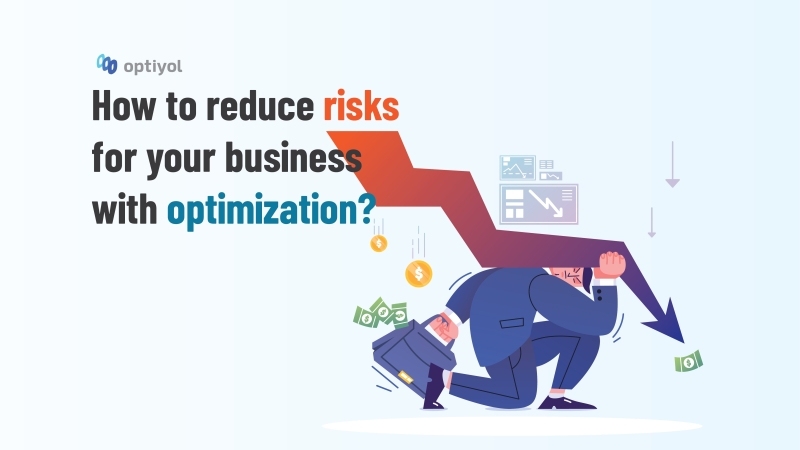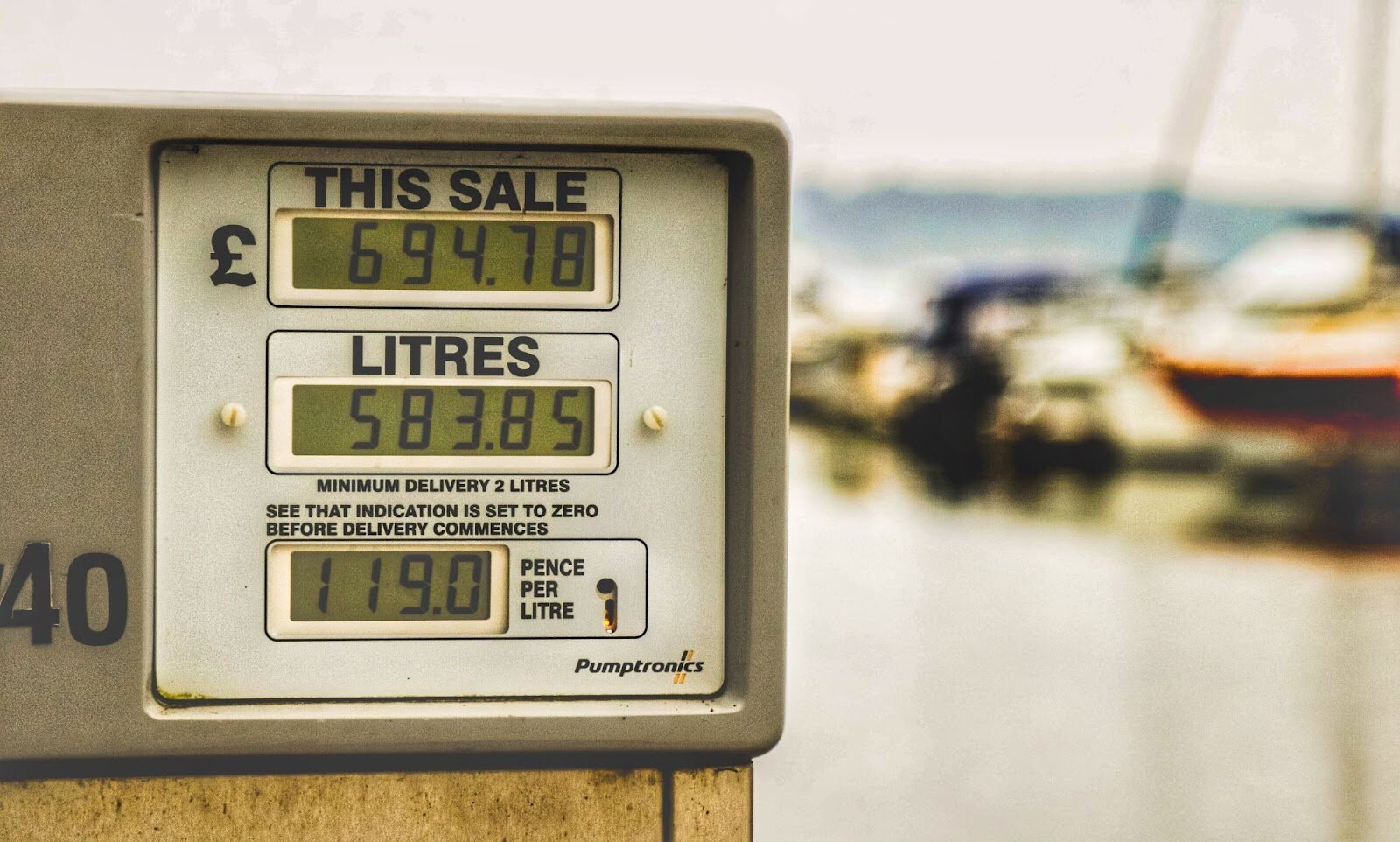
August 04, 2022


Every company has to manage different types of risks, with no exception. They can be an industrial risk, regional risk and global risk. In today’s world, especially global risks are on an increasing trend. The pandemic, military conflicts, supply shocks and inflation are the most notable parameters of these risks globally. In the time of high-risk periods, companies look for ways to minimize their risks in order to sustain their position, crate predictability and prevent loss.

In this regard, the decision-makers frequently ask “What are the ways to prevent the risks?”, “How do companies manage risks?” and “What a company can do to minimize risk?”. In logistics, optimization is a must to answer these questions in the areas of route optimization, fleet management, on-time delivery, customer experience and cost reduction. In short, a company can reduce its risks and manage them efficiently through optimization. To begin the treatment, the risks must be identified first.
Recession, defined as a significant decline in economic activity that lasts for months or even years by Forbes, is one of the most significant and devastating risks and threats to the economy. During recession times economy shrinks, purchase power declines and unemployment increases. Thus, it is a challenging era for every kind of business.
Will we go into recession in 2022? It might have already arrived. It means any loss or expense could be much more unbearable than in the booming times for a company nowadays. For instance, if a logistics operation uses resources -such as cars- more than it needs due to a lack of optimization, this waste could be a threat to the existence of that given company during a recession. In this instance, the decision-maker and planner of the logistics operations must answer the question that is “How do I optimize my fleet?”. By answering this question, a company reduces the risk of recession and stays competitive. A successful company determines the number of vehicles by a specialized algorithm to prevent any loss.
The global economy has been challenged by the supply chain crisis since 2021 after the pandemic and this summer will be no different. There are lots of areas directly or indirectly affected by this crisis. Providing additional supply requires time and a significant amount of investment, therefore, competitive companies must find solutions to not let their guard down during this crisis.
If there is a shortage of supply, the supply chain must be planned and tracked much more carefully to preserve what is left and shorten the period of crisis. Visibility and monitoring play the most influential roles in this manner to prevent risks that come from this crisis.
Therefore, logistics operations must be recorded, monitored and managed meticulously in order to loosen the impact of the crisis. Every piece of detail including parcels, cars, receivers and so on should be able to present systematically. In this way, any possible problem, action out of plan and loss will be prevented. Thus, that given company will minimize the risk of the crisis and make its operations resilient by optimization.
Fuel prices have been one of the hottest topics that have been discussed last months. Even in 2020, the biggest challenge for logistics providers in last-mile delivery in the United States was the increasing delivery costs. Since then, things have not gotten better for logistics operations, it is even more threatening now. In 2022, the logistics companies fighting with the conditions are even harder driven by fuel-rocketed fuel prices. This fluctuation and increase in fuel prices create a critical risk for companies.

Basically, you consume fuel by covering distance. Because of that, you need to optimize your logistics plan by taking into account that 30% of fuel consumption is wasted due to inefficient route planning. However, it is not that easy to calculate manually since it requires including all important parameters, such as the location of all the required stops on the route, time restrictions for deliveries and traffic information. Therefore, comprehensive route optimization software can be considered as one of the best components of a logistics company.
In brief, you must cover
for your operations to minimize these risks and make your company resilient.

Optiyol cloud-based delivery management platform is here for you with its comprehensive data model designed to enable you to improve delivery management processes seamlessly through optimization.
Optiyol provides all the solutions you need at once. Optiyol’s delivery management software offers;
by its incomparable optimization algorithm and end-to-end platform.
You can start your Optiyol journey now, and join the Logistics for Future Club! Your company will enjoy a #FasterGreenerBetter future by enjoying all the benefits and savings that come with Optiyol.